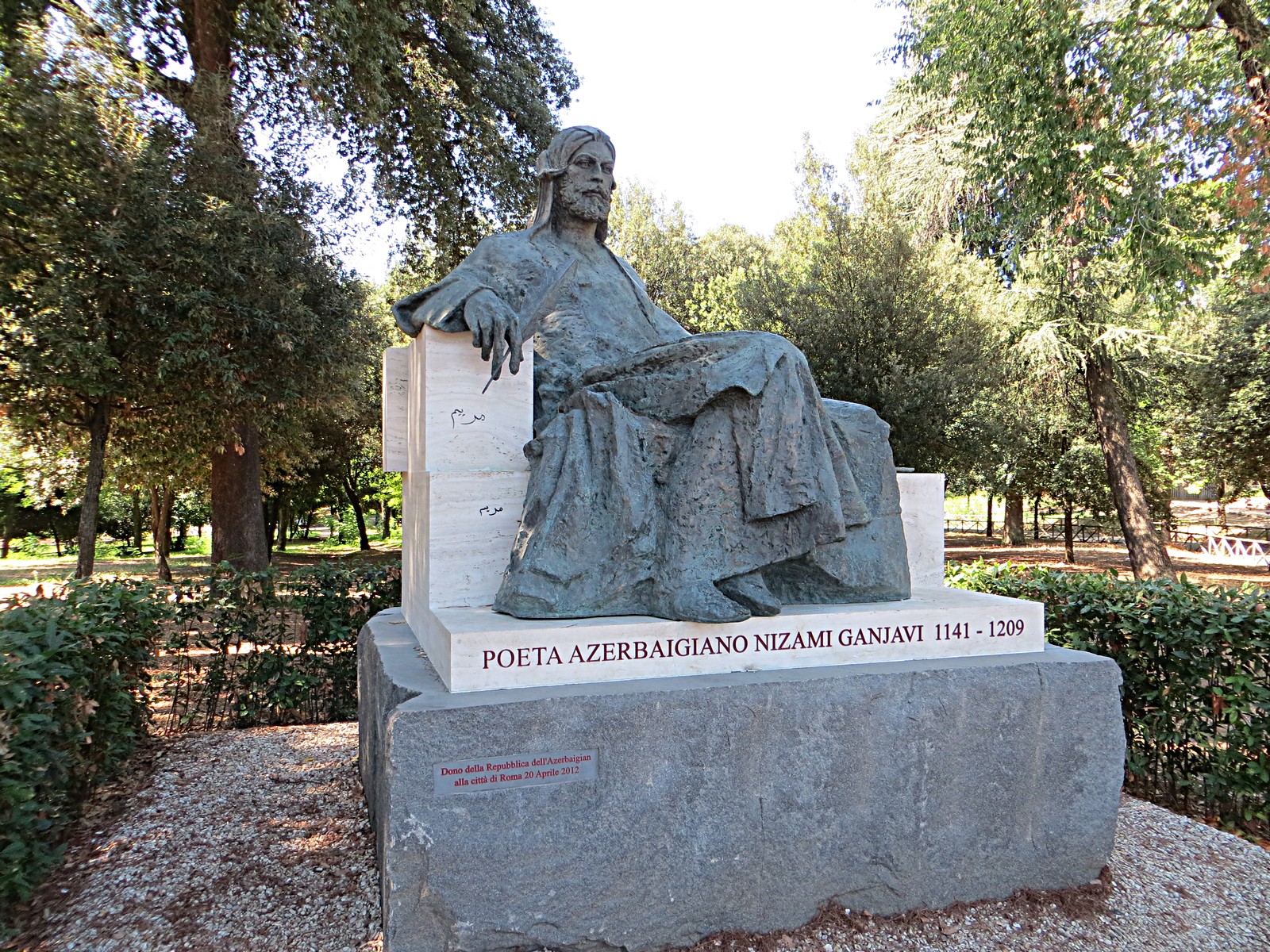What happens when a group of birds sets off in search of a king, only to discover something far greater along the way? That’s the heart of The Conference of the Birds (Mantiq al-Tayr), a dazzling 12th-century Persian poem by the mystic poet Farid ud-Din Attar. Part allegory, part spiritual guide, and wholly unforgettable, this poetic masterpiece offers a journey into the soul—wrapped in the feathers of a fable.
Whether you're new to Persian literature or a longtime lover of Sufi poetry, The Conference of the Birds is a treasure worth exploring.
Who Was Attar?
Farid ud-Din Attar (c. 1145–1221) was a Persian apothecary, poet, and mystic who lived during the Islamic Golden Age. Though he spent much of his life in the town of Nishapur (in present-day Iran), his influence reached far beyond.
His name, Attar, means "perfumer"—a nod to his early profession. But while he may have begun with fragrances, it was the perfume of divine love and spiritual longing that truly infused his writing. Rumi, the beloved Sufi poet, once said: "Attar walked through the seven cities of love while I am only at the corner of one street."
The Plot: Birds on a Quest for Truth
The story begins with the birds of the world gathering to find a true king to lead them. The wise hoopoe (a bird often associated with spiritual guidance in Islamic tradition) proposes that they seek the Simurgh, a mythical bird said to dwell beyond seven valleys.
But the journey is not easy.
Each bird represents a different type of human ego or excuse:
-
The nightingale is too busy pining over love.
-
The parrot is obsessed with eternal life.
-
The peacock longs for lost paradise.
Only a few persevere.
The birds must pass through Seven Valleys:
-
The Valley of Quest
-
The Valley of Love
-
The Valley of Knowledge
-
The Valley of Detachment
-
The Valley of Unity
-
The Valley of Wonder
-
The Valley of Poverty and Annihilation
These aren’t just physical places—they’re stages of spiritual awakening, a Sufi roadmap to losing the self in the search for the Divine.
The Shocking Ending: They Are What They Seek
After enduring trials, doubts, and revelations, only thirty birds reach the end. And there they find… the Simurgh is none other than themselves.
The Persian word Si-murgh means "thirty birds." The king they sought was a reflection of their own transformed souls. The divine wasn't a being “out there”—it was within them all along.
This ending isn’t just clever wordplay—it’s a profound statement on the mystical unity between seeker and source, between self and the Divine.
Why This Poem Still Matters
Attar’s Conference of the Birds is more than a poetic story—it’s a guide to spiritual awakening, written in metaphor and rich imagery. Its lessons are timeless:
-
That truth requires sacrifice.
-
That ego and fear are the greatest obstacles.
-
That unity lies beyond appearances.
-
That the Divine is not something we find, but something we remember.
Attar’s storytelling uses humor, heartbreak, and wisdom to peel away the layers of the human condition. No wonder mystics, poets, and seekers still turn to it today.
Attar's Legacy
Though less well-known in the West than Rumi or Hafez, Attar’s influence is monumental. He was one of the earliest poets to express Sufi thought in poetic form, blending storytelling with spiritual insight.
His writing laid the groundwork for future Sufi poets, and his work continues to be translated, studied, and performed in modern times—from stage adaptations to illustrated children’s books.
Final Thoughts
The Conference of the Birds is more than just a tale of a bird journey—it’s a mirror, held up to the human soul. Through Attar’s visionary lens, we’re invited to look beyond the external world, beyond ego and illusion, and into the mystery of our deepest being.
Whether you read it as an allegory, a spiritual guide, or a beautiful piece of world literature, the journey will stay with you.
Are you ready to fly?





